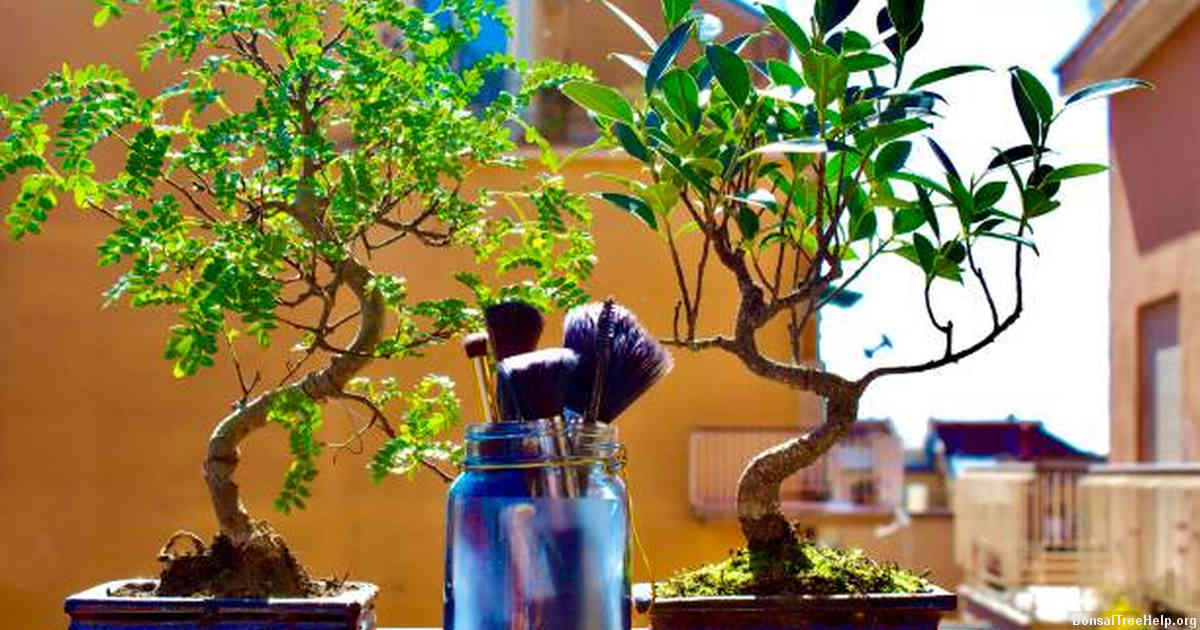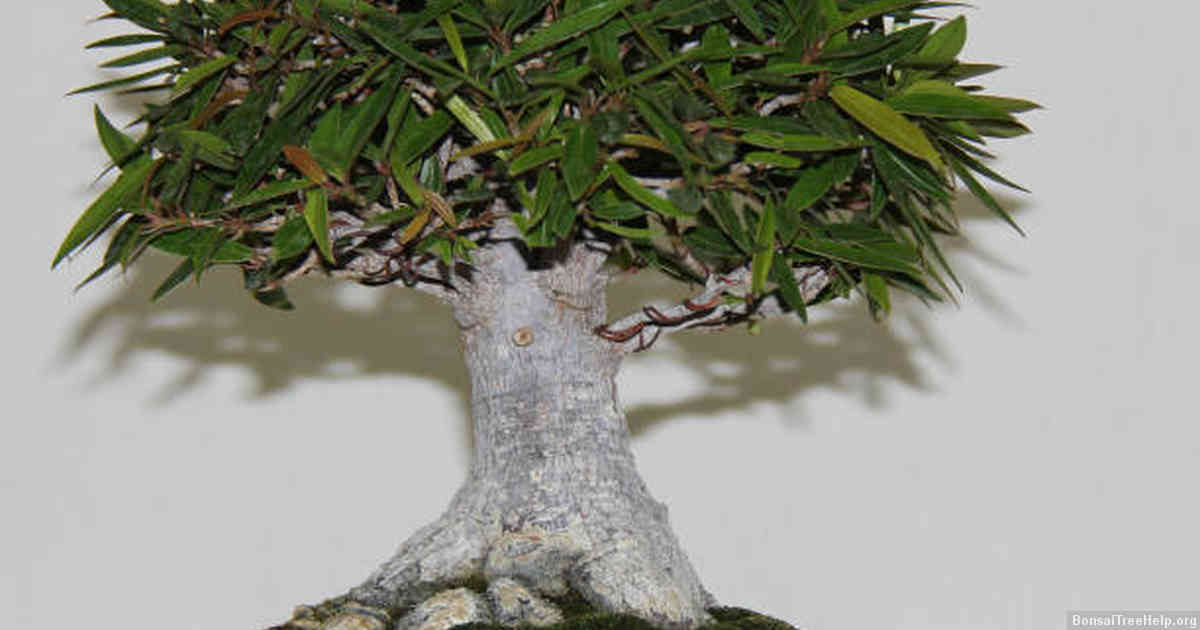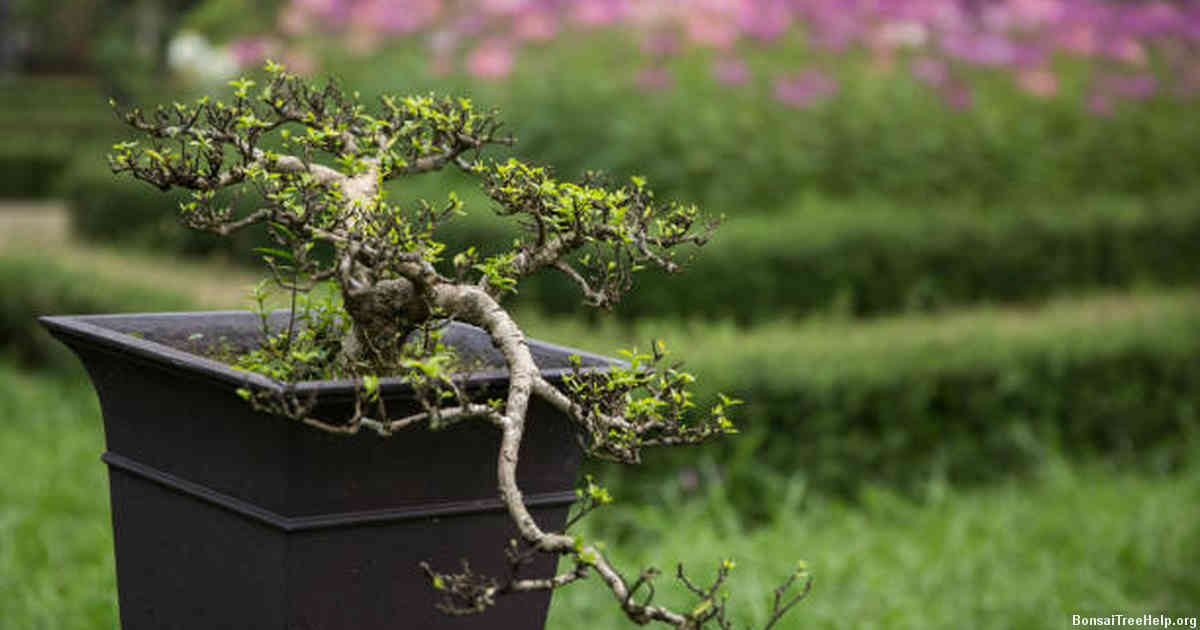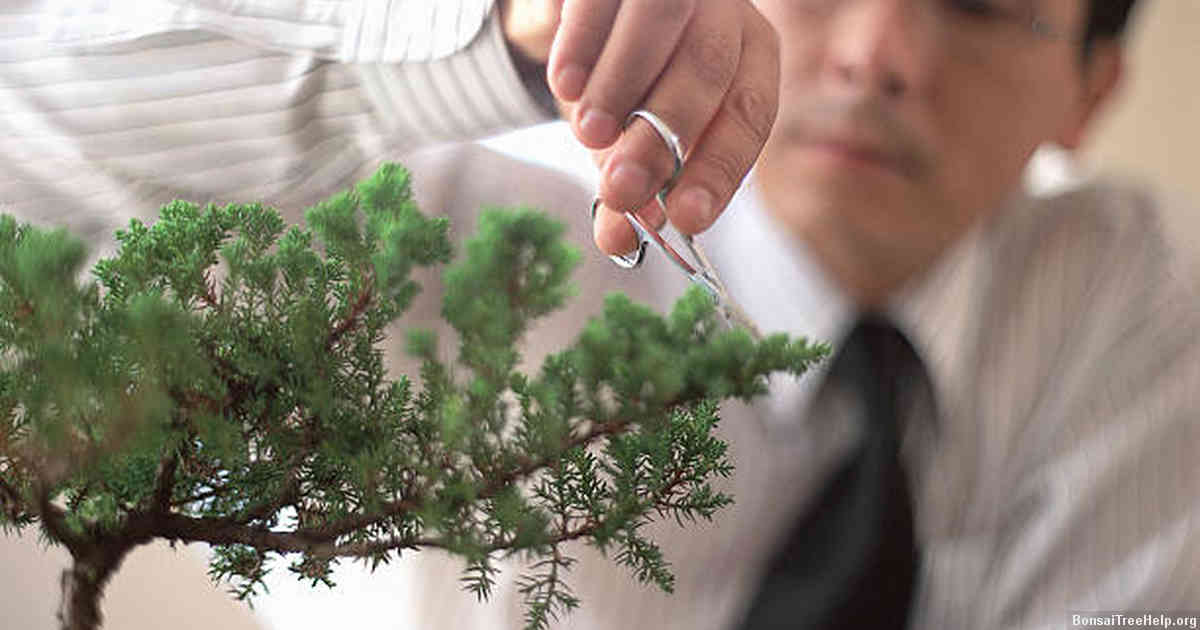
Yes, pawpaw can be grown as a bonsai. The process is not unlike any other bonsai training. When the tree is young, pruning and wiring should be done regularly to create the desired shape and style. The branches need to be carefully pinched back every few months to maintain size and encourage new growth. Growing as a bonsai also requires careful watering and fertilizer schedules which need to be adjusted according to seasonality. Because of its tropical nature, pawpaw trees require protection from temperatures below 45 degrees Fahrenheit when grown outdoors in colder climates or indoors year round in frost free environments. With consistent care and attention, pawpaw can be successfully transformed into an exquisite bonsai specimen with its distinctive glossy leaves, fragrant flowers, sweet fruit and unique bark.
Contents:
Introduction to Bonsai

Bonsai is an art form that uses the centuries-old technique of cultivating miniature trees in containers. This practice dates back to ancient Japan, where the technique was used to display specimens of plants, including some native species such as pawpaw. The goal of bonsai cultivation is to simulate a mature tree found in nature within a containerized environment. Bonsai practitioners attempt to create and maintain trees in small pots using principles from horticulture and aesthetics such as pruning branches and roots, controlling soil conditions, selecting proper potting media and positioning for growth orientation.
The intricacy behind bonsai cultivation can be daunting for beginner growers. But with careful planning and precise execution, many individuals can successfully cultivate their own bonsai specimen at home or even outdoors on their balcony or patio. For those looking specifically to grow pawpaw into a petite tree shape within a pot, there are certainly aspects of bonsai gardening techniques that will come into play during the process. It’s possible to produce miniaturized versions of this tropical plant through diligent efforts over time – all while obtaining great satisfaction in crafting something unique with your own hands.
Selecting the Right Species for Bonsai

When it comes to selecting the ideal species for bonsai, pawpaw should be high on the list. This small tropical tree, native to India and Southeast Asia, is well-suited for miniaturization due to its moderate growth rate and wide variety of cultivars. Pawpaw trees are hardy in U.S Department of Agriculture zones 4 through 10 and will thrive in full sun or part shade.
Once a suitable pawpaw species has been identified, careful pruning and shaping are required for successful cultivation as bonsai. Pruning should occur throughout the growing season so that undesirable shoots can be removed before they become too large. During this time, shape training techniques can also be used; wiring branches into desired shapes with anodized aluminum wire is best accomplished during warmer weather when sap levels are higher.
Caring for bonsai from a young age is key to its eventual success; watering requirements vary depending on individual conditions but typically require plenty of water during the summer months with added humidity if possible. Fertilizing at least once per month will ensure that all necessary nutrients are provided to your miniature tree while avoiding overfeeding which may lead to poor health or a distorted shape.
Understanding Pawpaw Tree Characteristics

Pawpaws are a type of deciduous tree that can make a fascinating addition to any home. Native to North America, pawpaws range in size from small shrubs up to thirty feet tall. When selecting one for your bonsai, it is important to consider the distinctive characteristics of the pawpaw tree that will determine its appearance and growth rate.
The pawpaw tree has large greenish-purple flowers that bloom from early spring into summer. These are followed by the fruit, which appears in late summer and ripens during autumn months. The fruit has a sweet flavor similar to banana or mango and is beloved by wildlife like opossums and squirrels. In terms of foliage, you can expect smooth-textured leaves with deep veining when mature, giving them an attractive heart shape and glossy look when they catch the light at different angles.
As far as placement goes, it is best to place your bonsai outdoors so they can receive sunlight throughout the day while also keeping it safe from cold winter temperatures below sixty degrees Fahrenheit which could damage more delicate parts like new buds or emerging blooms. Bear in mind though, too much direct exposure may cause sunburned foliage or branches, so partial shade should be provided especially during hot days between noon and late afternoon hours. With good care and regular watering schedules – about two times per week – your pawpaw bonsai will thrive indoors or out.
Preparation Steps for Pawpaw Bonsai Cultivation

Having the right environment is key for any successful bonsai cultivation, and pawpaw bonsai plants are no different. A spot that receives ample amounts of natural light, but isn’t blasted with direct sunlight is ideal; think north – or east-facing windowsill. It’s important to be mindful of factors such as temperature and humidity – for a healthy plant, the optimal range is 68 to 72 degrees Fahrenheit. Drying up can harm a pawpaw, so mild regular misting is essential when temperatures run higher than 70 degrees F.
When it comes to planting soil composition, a blend specifically created for tropical fruit trees works best. Most general nurseries will offer options which will ensure proper aeration and provide good drainage capabilities. To prepare these soils before sowing they should be amended with peat moss or other organic compounds with similar features. Adding extra perlite has also proven effective at boosting drainage efficacy and providing better oxygen access to roots over time.
Look out for fertilizers available at your local nursery – not all products labelled as suitable may match your needs perfectly though – make sure you know what NPK ration means before purchasing. Using ‘fertilizers designed for fruiting trees’ will help keep your pet safe from nutrient deficiencies which can often cause stunted growth if left untreated in young saplings such as those used in bonsai cultivation projects.
Techniques for Training and Shaping Pawpaw Bonsai Trees

Creating a beautiful pawpaw bonsai tree can be an exciting and enjoyable process. Training and shaping the tree is especially rewarding when done correctly, as it will make your bonsai unique to you.
Pawpaw trees are one of the best varieties for creating a classic bonsai shape due to their low branches, small leaves, and compact growth pattern. To start with, prune off any existing branches you don’t want – either those that are too long or too thick for the desired shape. This is important to keep in mind because if not done properly, your efforts could be wasted by fast-growing undesired shoots later on.
To further refine the shape of your pawpaw bonsai tree, wiring is often required to provide support while bending branches into specific positions that create a pleasing aesthetic form. Wiring should usually occur in winter after pruning has taken place and sap movement slows down considerably making the wood much easier to work with. Start at the bottom by wrapping wire loosely around thicker branches first before moving onto thinner stems near their base instead of starting from top downwards which may lead to branch breakage before they have been secured firmly in position with wires or ties. When carefully completed this will allow you to manipulate each branch into its desired shape over several months until set in place permanently with plenty of time spent maintaining its appearance all year round.
Tips for Caring and Maintaining Pawpaw Bonsai

When it comes to caring for a pawpaw bonsai, there are several important points of consideration. It is essential to ensure that the pot size is correct as pawpaw trees do not do well when root-bound. A shallow and broad container with drainage holes should be chosen so that the tree has enough space to spread its roots and enough soil for them to thrive in.
It’s vital to water consistently during warm weather – preferably every other day – ensuring that the plant never dries out completely, especially during spring and summer months. However, when temperatures cool down during winter it will require less frequent watering and it is important not to let the soil become soggy or waterlogged as this can have an adverse effect on the health of your bonsai. An indicator for whether or not your tree needs water is if your fingertip comes away from pushing into the soil without any trace of moisture; if this is the case then you know it’s time for some hydration.
Fertilization also plays a major role in successful growth of a pawpaw bonsai. During early springtime use balanced fertilizer once or twice monthly – slowly increasing how often you apply as temperatures increase throughout late springtime into summertime until September/October, where decreases are made again depending on outdoor temperature. It would be beneficial to allow feeding programs specific to bonsais such as organic slow release pellets rather than general purpose liquid feed where possible due to their long lasting nutrient content aiding in keeping healthy active roots which will result in beautiful foliage growth throughout your growing season.
Final Thoughts on Growing Pawpaw as a Bonsai

Pawpaw, or Asimina triloba, is an unusual and unique fruit tree that can be grown as a bonsai. The small but succulent papaya-like fruit it produces makes it all the more desirable for gardeners looking to add some exotic flavor to their bonsai collection. However, growing pawpaw as a bonsai has its own set of challenges that need to be taken into account before undertaking this particular horticultural endeavor.
The most important factor to consider when attempting to grow pawpaw as a bonsai is temperature control. Pawpaw prefers warm climates with abundant sunlight; without these conditions, the plant may not thrive. As such, if you live in cooler climates or don’t have enough access to natural light indoors, then growing pawpaw may prove difficult or near impossible for you. Make sure your potting soil and container are well suited for tropical plants like pawpaws – containers made from heavy materials like concrete will get too hot under direct sun and could potentially harm the roots of your tree.
Due to its delicate nature it’s important not to prune your pawpaw too aggressively. Pruning should only occur during late winter or early spring when the plant is dormant; even then it’s best practice only remove dead branches unless absolutely necessary since re-sprouting can take several months if done incorrectly on younger trees. Overall if proper care instructions are followed closely one can expect their bonsai specimen of Asimina triloba producing beautiful fruits come season time.
Leave a Reply